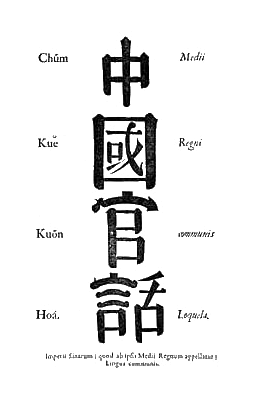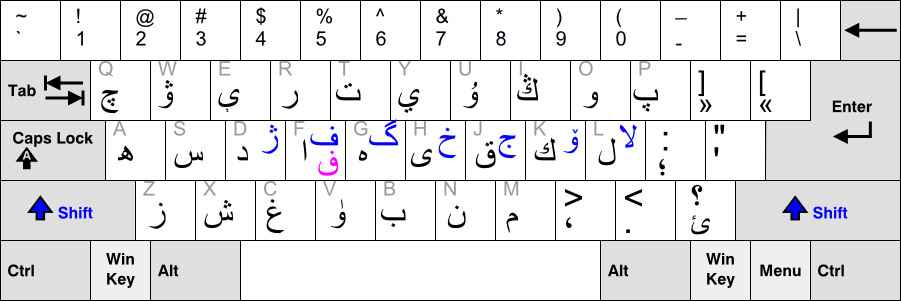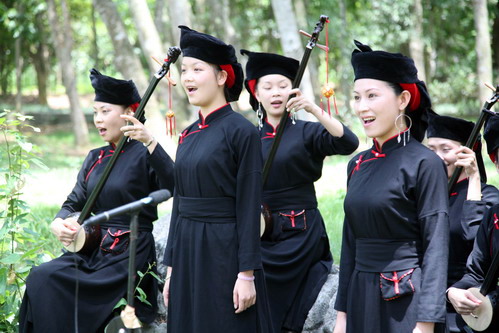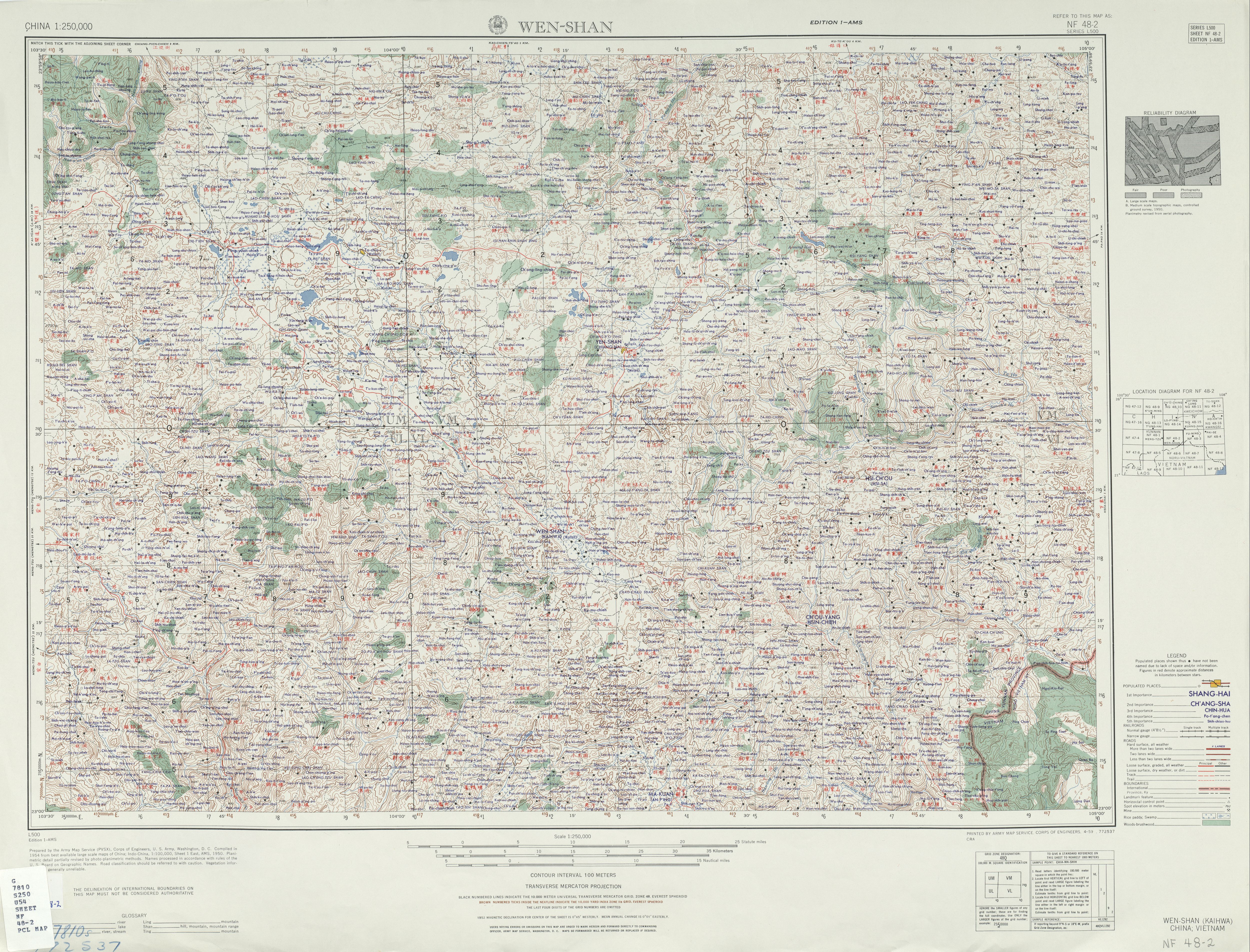|
õĖŁÕ£ŗ
China, officially the People's Republic of China (PRC), is a country in East Asia. It is the world's most populous country, with a population exceeding 1.4 billion, slightly ahead of India. China spans the equivalent of five time zones and borders fourteen countries by land, the most of any country in the world, tied with Russia. Covering an area of approximately , it is the world's third largest country by total land area. The country consists of 22 provinces, five autonomous regions, four municipalities, and two Special Administrative Regions (Hong Kong and Macau). The national capital is Beijing, and the most populous city and financial center is Shanghai. Modern Chinese trace their origins to a cradle of civilization in the fertile basin of the Yellow River in the North China Plain. The semi-legendary Xia dynasty in the 21st century BCE and the well-attested Shang and Zhou dynasties developed a bureaucratic political system to serve hereditary monarchies, or dyna ... [...More Info...] [...Related Items...] OR: [Wikipedia] [Google] [Baidu] |
Christianity In China
Christianity in China has been present since at least the 3rd century, and it has gained a significant amount of influence during the last 200 years. While Christianity may have existed in China before the 3rd century, evidence of its existence begins to surmount with the attestation of the Syriac-speaking ethnographer Bardesanes at the end of the 2nd century. Presently, verifiable evidence of Christianity's existence in China can only be dated back to the 7th century. The significant lack of evidence of Christianity's existence in China between the 3rd century and the 7th century can likely be attributed to the barriers placed in Persia by the Sassanids and the closure of the trade route in Turkestan. Both events prevented Christians from staying in contact with their mother church, the Syriac Antiochian Church, thereby halting the spread of Christianity until the reign of emperor T'sai-tsung, or Taizong (627-649). Taizong, who had studied the Christian Scriptures whi ... [...More Info...] [...Related Items...] OR: [Wikipedia] [Google] [Baidu] |
Pinyin
Hanyu Pinyin (), often shortened to just pinyin, is the official romanization system for Standard Mandarin Chinese in China, and to some extent, in Singapore and Malaysia. It is often used to teach Mandarin, normally written in Chinese form, to learners already familiar with the Latin alphabet. The system includes four diacritics denoting tones, but pinyin without tone marks is used to spell Chinese names and words in languages written in the Latin script, and is also used in certain computer input methods to enter Chinese characters. The word ' () literally means " Han language" (i.e. Chinese language), while ' () means "spelled sounds". The pinyin system was developed in the 1950s by a group of Chinese linguists including Zhou Youguang and was based on earlier forms of romanizations of Chinese. It was published by the Chinese Government in 1958 and revised several times. The International Organization for Standardization (ISO) adopted pinyin as an international st ... [...More Info...] [...Related Items...] OR: [Wikipedia] [Google] [Baidu] |
Simplified Chinese Characters
Simplified Chinese characters are standardized Chinese characters used in mainland China, Malaysia and Singapore, as prescribed by the '' Table of General Standard Chinese Characters''. Along with traditional Chinese characters, they are one of the two standard character sets of the contemporary Chinese written language. The government of the People's Republic of China in mainland China has promoted them for use in printing since the 1950s and 1960s to encourage literacy. They are officially used in the People's Republic of China, Malaysia and Singapore, while traditional Chinese characters still remain in common use in Hong Kong, Macau, ROC/Taiwan and Japan to a certain extent. Simplified Chinese characters may be referred to by their official name above or colloquially . In its broadest sense, the latter term refers to all characters that have undergone simplifications of character "structure" or "body", some of which have existed for millennia mainly in handwriting alon ... [...More Info...] [...Related Items...] OR: [Wikipedia] [Google] [Baidu] |
Chinese Buddhism
Chinese Buddhism or Han Buddhism ( zh, s=µ▒ēõ╝ĀõĮøµĢÖ, t=µ╝óÕé│õĮøµĢÖ, p=H├Ānchu├Īn F├│ji├Āo) is a Chinese form of Mahayana Buddhism which has shaped Chinese culture in a wide variety of areas including art, politics, literature, philosophy, medicine and material culture. Chinese Buddhism is the largest institutionalized religion in Mainland China.Cook, Sarah (2017). The Battle for China's Spirit: Religious Revival, Repression, and Resistance under Xi Jinping.' Freedom House Report. Rowman & Littlefield. Currently, there are an estimated 185 to 250 million Chinese Buddhists in the People's Republic of China. It is also a major religion in Taiwan, Singapore, and Malaysia, as well as among the Chinese Diaspora. Buddhism was first introduced to China during the Han Dynasty (202 BCEŌĆō220 CE). The translation of a large body of Indian Buddhist scriptures into Chinese and the inclusion of these translations (along with Taoist and Confucian works) into a Chinese Buddh ... [...More Info...] [...Related Items...] OR: [Wikipedia] [Google] [Baidu] |
Chinese Folk Religion
Chinese folk religion, also known as Chinese popular religion comprehends a range of traditional religious practices of Han Chinese, including the Chinese diaspora. Vivienne Wee described it as "an empty bowl, which can variously be filled with the contents of institutionalised religions such as Buddhism, Taoism, Confucianism, the Chinese syncretic religions". This includes the veneration of ''shen'' (spirits) and ancestors, exorcism of demonic forces, and a belief in the rational order of nature, balance in the universe and reality that can be influenced by human beings and their rulers, as well as spirits and gods. Worship is devoted to gods and immortals, who can be deities of places or natural phenomena, of human behaviour, or founders of family lineages. Stories of these gods are collected into the body of Chinese mythology. By the Song dynasty (960-1279), these practices had been blended with Buddhist doctrines and Taoist teachings to form the popular relig ... [...More Info...] [...Related Items...] OR: [Wikipedia] [Google] [Baidu] |
Shanghai
Shanghai (; , , Standard Mandarin pronunciation: ) is one of the four direct-administered municipalities of the People's Republic of China (PRC). The city is located on the southern estuary of the Yangtze River, with the Huangpu River flowing through it. With a population of 24.89 million as of 2021, Shanghai is the most populous urban area in China with 39,300,000 inhabitants living in the Shanghai metropolitan area, the second most populous city proper in the world (after Chongqing) and the only city in East Asia with a GDP greater than its corresponding capital. Shanghai ranks second among the administrative divisions of Mainland China in human development index (after Beijing). As of 2018, the Greater Shanghai metropolitan area was estimated to produce a gross metropolitan product ( nominal) of nearly 9.1 trillion RMB ($1.33 trillion), exceeding that of Mexico with GDP of $1.22 trillion, the 15th largest in the world. Shanghai is one of the world's major centers fo ... [...More Info...] [...Related Items...] OR: [Wikipedia] [Google] [Baidu] |
Standard Chinese
Standard Chinese ()ŌĆöin linguistics Standard Northern Mandarin or Standard Beijing Mandarin, in common speech simply Mandarin, better qualified as Standard Mandarin, Modern Standard Mandarin or Standard Mandarin ChineseŌĆöis a modern standardized form of Mandarin Chinese that was first developed during the Republican Era (1912ŌĆÆ1949). It is designated as the official language of mainland China and a major language in the United Nations, Singapore, and Taiwan. It is largely based on the Beijing dialect. Standard Chinese is a pluricentric language with local standards in mainland China, Taiwan and Singapore that mainly differ in their lexicon. Hong Kong written Chinese, used for formal written communication in Hong Kong and Macau, is a form of Standard Chinese that is read aloud with the Cantonese reading of characters. Like other Sinitic languages, Standard Chinese is a tonal language with topic-prominent organization and subjectŌĆōverbŌĆōobject (SVO) word order. Co ... [...More Info...] [...Related Items...] OR: [Wikipedia] [Google] [Baidu] |
Traditional Chinese Characters
Traditional Chinese characters are one type of standard Chinese characters, Chinese character sets of the contemporary written Chinese. The traditional characters had taken shapes since the libian, clerical change and mostly remained in the same structure they took at the introduction of the regular script in the 2nd century. Over the following centuries, traditional characters were regarded as the standard form of printed Chinese characters or Classical Chinese, literary Chinese Adoption of Chinese literary culture, throughout the Sinosphere until the middle of the 20th century, before different script reforms initiated by Chinese family of scripts, countries using Chinese characters as a writing system. Traditional Chinese characters remain in common use in Taiwan, Hong Kong and Macau, as well as in most overseas Chinese communities outside Southeast Asia; in addition, Hanja in Korean language#Writing system, Korean language remains virtually identical to traditional charac ... [...More Info...] [...Related Items...] OR: [Wikipedia] [Google] [Baidu] |
Uyghur Arabic Alphabet
The Uyghur Arabic alphabet ( ug, ž”█ć┘Ŗž║█ćž▒ ž”█Ģž▒█Ģž© ┘Ŗ█Éž▓┘ē┘é┘ē, translit=Uyghur Ereb Y├½ziqi UEY) is a version of the Arabic alphabet used for writing the Uyghur language, primarily by Uyghurs living in China. It is one of several Uyghur alphabets and has been the official alphabet of the Uyghur language since 1982. The first Perso-Arabic derived alphabet for Uyghur was developed in the 10th century, when Islam was introduced there. The version used for writing the Chagatai language. It became the regional literary language, now known as the Chagatay alphabet. It was used nearly exclusively up to the early 1920s. Alternative Uyghur scripts then began emerging and collectively largely displaced Chagatai; ''Kona Y├½ziq'', meaning 'old script', now distinguishes it and UEY from the alternatives that are ''not'' derived from Arabic. Between 1937 and 1954, the Perso-Arabic alphabet used to write Uyghur was modified by removing redundant letters and adding markings for vo ... [...More Info...] [...Related Items...] OR: [Wikipedia] [Google] [Baidu] |
Guangxi
Guangxi (; ; alternately romanized as Kwanghsi; ; za, Gvangjsih, italics=yes), officially the Guangxi Zhuang Autonomous Region (GZAR), is an autonomous region of the People's Republic of China, located in South China and bordering Vietnam ( H├Ā Giang, Cao Bß║▒ng, Lß║Īng SŲĪn, and Quß║Żng Ninh Provinces) and the Gulf of Tonkin. Formerly a province, Guangxi became an autonomous region in 1958. Its current capital is Nanning. Guangxi's location, in mountainous terrain in the far south of China, has placed it on the frontier of Chinese civilization throughout much of Chinese history. The current name "Guang" means "expanse" and has been associated with the region since the creation of Guang Prefecture in 226 AD. It was given provincial level status during the Yuan dynasty, but even into the 20th century, it was considered an open, wild territory. The abbreviation of the region is "" (Hanyu pinyin: ; Zhuang: ), which comes from the name of the city of Guilin, the provin ... [...More Info...] [...Related Items...] OR: [Wikipedia] [Google] [Baidu] |
Chos┼Ån'g┼Łl
The Korean alphabet, known as Hangul, . Hangul may also be written as following South Korea's Revised Romanization of Korean, standard Romanization. ( ) in South Korea and Chos┼Ån'g┼Łl in North Korea, is the modern official writing system for the Korean language. The letters for the five basic consonants reflect the shape of the speech organs used to pronounce them, and they are systematically modified to indicate phonetic features; similarly, the vowel letters are systematically modified for related sounds, making Hangul a featural writing system. It has been described as a syllabic alphabet as it combines the features of alphabetic and Syllabic writing system, syllabic writing systems, although it is not necessarily an abugida. Hangul was created in 1443 CE by King Sejong the Great in an attempt to increase literacy by serving as a complement (or alternative) to the logogram, logographic Sino-Korean vocabulary, Sino-Korean ''Hanja'', which had been used by Koreans as its p ... [...More Info...] [...Related Items...] OR: [Wikipedia] [Google] [Baidu] |
Wenshan Zhuang And Miao Autonomous Prefecture
Wenshan Zhuang and Miao Autonomous Prefecture is an autonomous prefecture in southeastern Yunnan Province, People's Republic of China and the easternmost prefecture-level division of the province. It borders Baise, Guangxi to the east, Vietnam's H├Ā Giang Province to the south for , Honghe Hani and Yi Autonomous Prefecture to the west and Qujing to the north. Subdivisions Ethnic groups Wenshan is highly diverse. According to a local saying, "Han and Hui live by the market, Zhuang and Dai live by the water, Miao and Yi live on the mountains, and Yao live among the bamboos." () Some of Wenshan's ethnic groups include: *Han Chinese * Tai peoples ** Zhuang (3 branches according to Kaup (2000); 4 branches according to Johnson (2011)Johnson, Eric C. 2011.A Lexical and Phonological Comparison of the Central Taic Languages of Wenshan Prefecture, China: Getting More Out of Language Survey Wordlists Than Just Lexical Similarity Percentages. SIL Electronic Working Papers 2011-005: 1 ... [...More Info...] [...Related Items...] OR: [Wikipedia] [Google] [Baidu] |



.jpg)




